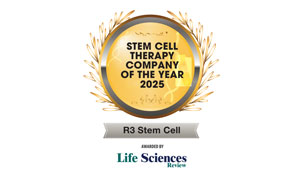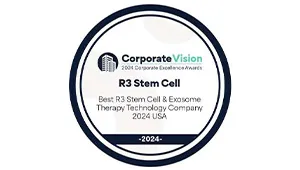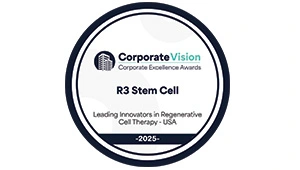Cartilage Regeneration with Stem Cells
Written by Dr. David Greene, MD, PhD, MBA on May 14, 2021
The US Leader in Stem Cell Therapy, Now in Mexico. Treatments start at $3750 for 25 million stem cells!
Special Promo: Get an additional 25 BILLION Exosomes IV with treatments over 50 million cells!”
The US Leader in Stem Cell Therapy, Now in Mexico. Affordable treatments start at $3750 for 25 million stem cells!
Special Promo: Get an additional 25 BILLION Exosomes IV with treatments over 50 million cells!”
Written by Dr. David Greene, MD, PhD, MBA on May 14, 2021
Cartilage regeneration may sound like science fiction, but regenerative medicine has made it a reality for many. Stem cell therapy, widely used for orthopedic and degenerative conditions, is now at the forefront of innovative treatment for cartilage damage caused by injury, arthritis, or age-related wear and tear.
This cutting-edge therapy harnesses the power of the body’s own healing mechanisms to repair and regrow damaged cartilage, offering new hope to patients who have exhausted traditional treatment options.
Cartilage is a tough but flexible connective tissue that cushions the ends of bones in joints and helps them move smoothly. Unlike muscles or skin, cartilage has a limited blood supply, which severely restricts its ability to heal after damage.
Once cartilage wears down, it can lead to joint pain, stiffness, swelling, and reduced mobility.
Stem cell therapy uses powerful, undifferentiated cells, usually derived from umbilical cord tissue or bone marrow, that have the ability to transform into various cell types, including chondrocytes (cartilage cells).
When injected into the affected joint:
This regenerative process helps rebuild cartilage over time, potentially reversing some of the joint damage and improving function and quality of life.
Stem cell cartilage regeneration is typically a quick, outpatient procedure. Here’s what you can expect:
Stem cell therapy offers multiple advantages over traditional joint treatments:
Patients often begin to notice improvements in pain, swelling, and joint mobility within a few weeks, with continued progress over several months.
You may be a strong candidate if:
A consultation with a regenerative medicine expert is essential to determine if stem cell therapy is right for your condition.
Recent studies have shown that mesenchymal stem cells (MSCs) have the ability to:
This makes stem cells one of the most promising tools in orthobiologics for cartilage preservation and joint longevity.
Contact US

Dr. David Greene
MD, PhD, MBA
Dr. David Greene, MD, PhD, MBA, is a pioneering leader in regenerative medicine and healthcare marketing. As a residency and fellowship-trained orthopedic surgeon, Dr. Greene transitioned from clinical practice to become the founder and CEO of R3 Stem Cell and US Lead Network, where he has revolutionized patient care and medical practice growth through innovative therapies and digital marketing strategies. He has authored two influential books on healthcare internet marketing, ranks among the top expert authors globally, and has been featured on the cover of Corporate Vision magazine for his impact on global regenerative therapies. Beyond his professional achievements, Dr. Greene is passionate about education, compassion, and continuous innovation.

About R3 Stem Cell Mexico
Follow Us
Quick Links
Disclaimer
Stem cell therapy is considered experimental and is regulated by the U.S. Food and Drug Administration (FDA), but it is not FDA-approved. R3 Stem Cell does not offer stem cell therapy as a cure for any medical condition. No statements made on this site have been evaluated or approved by the FDA. This site does not provide medical advice. All content is for informational purposes only and is not a substitute for professional medical consultation, diagnosis, or treatment. Reliance on any information provided by R3 Stem Cell, its employees, others appearing on this website at the invitation of R3 Stem Cell, or other visitors to the website is solely at your own risk. R3 Stem Cell does not recommend or endorse any specific tests, products, procedures, opinions, or other information that may be mentioned on this website. R3 Stem Cell is not responsible for the outcome of your procedure. The FDA considers stem cell therapy experimental at this point.
Contact Us











Copyright © 2016 – 2025 R3 Stem Cell